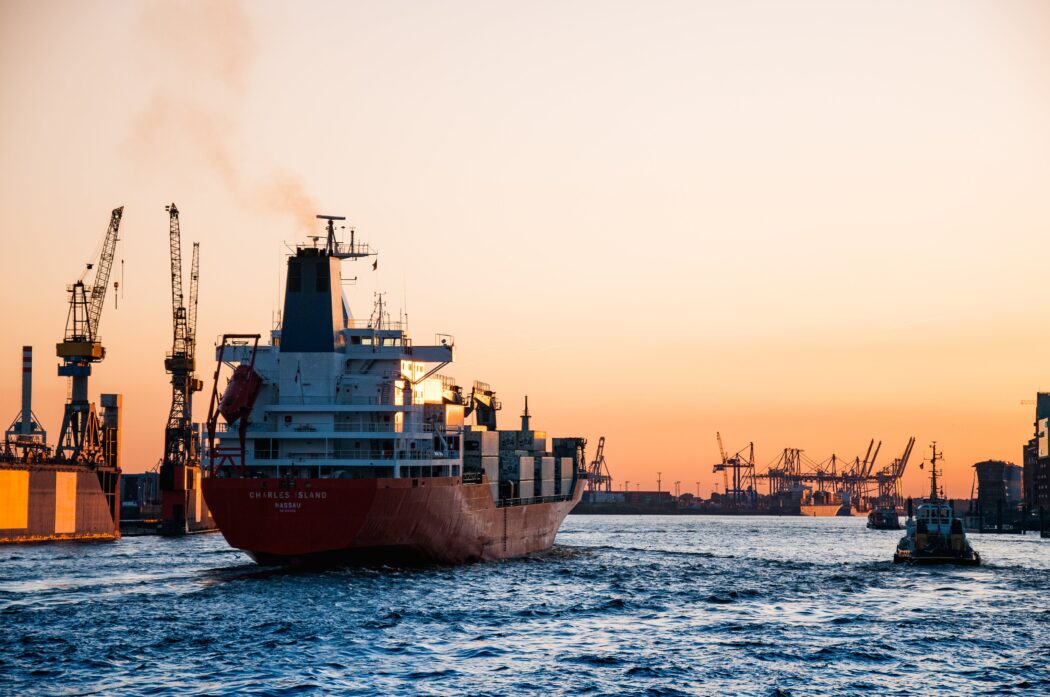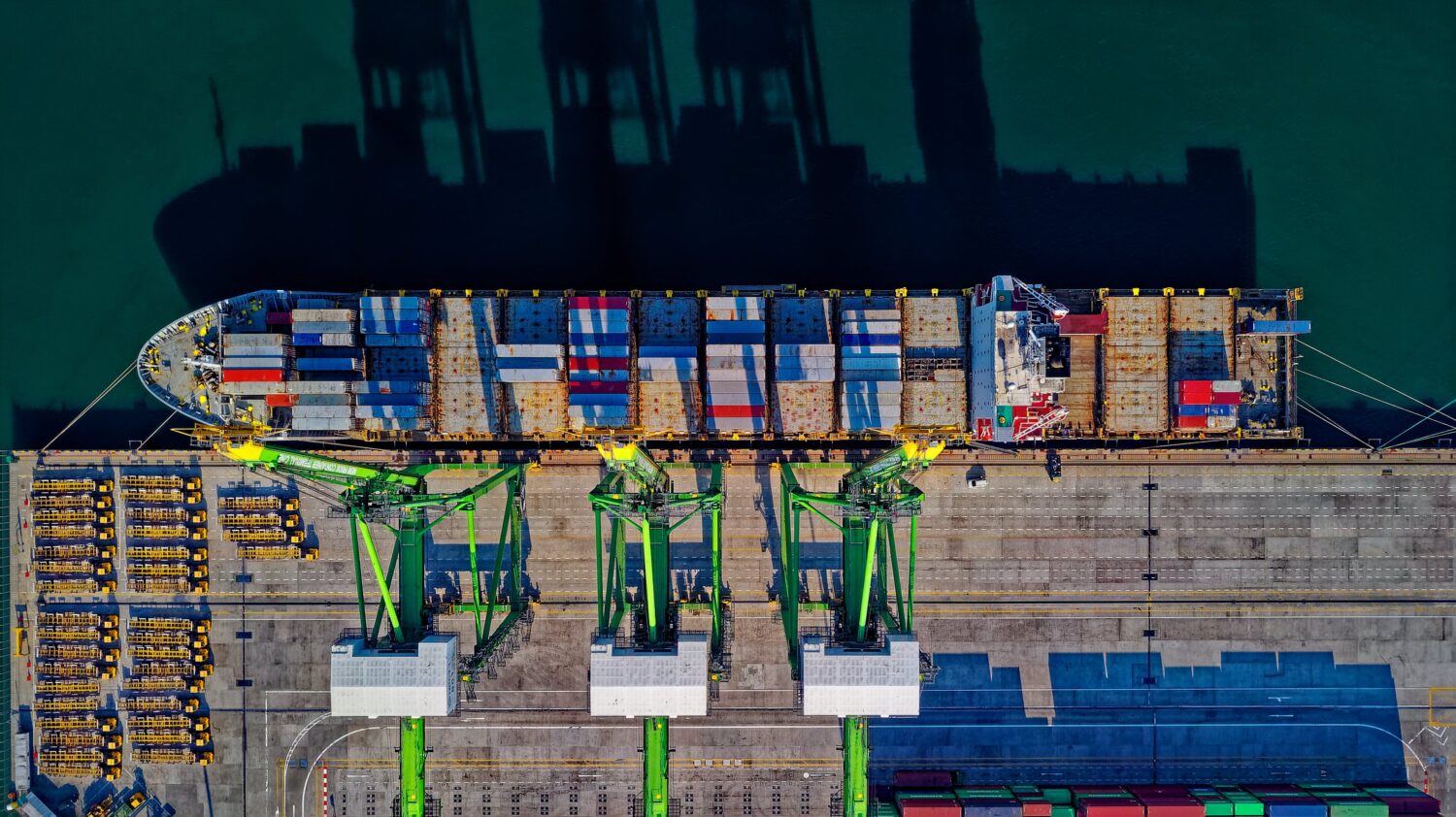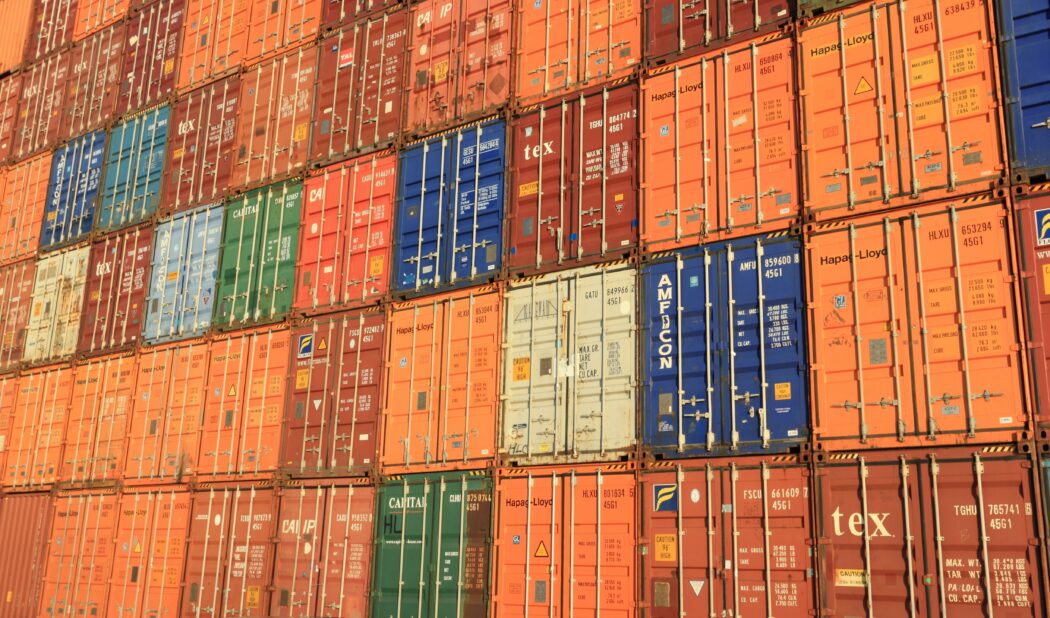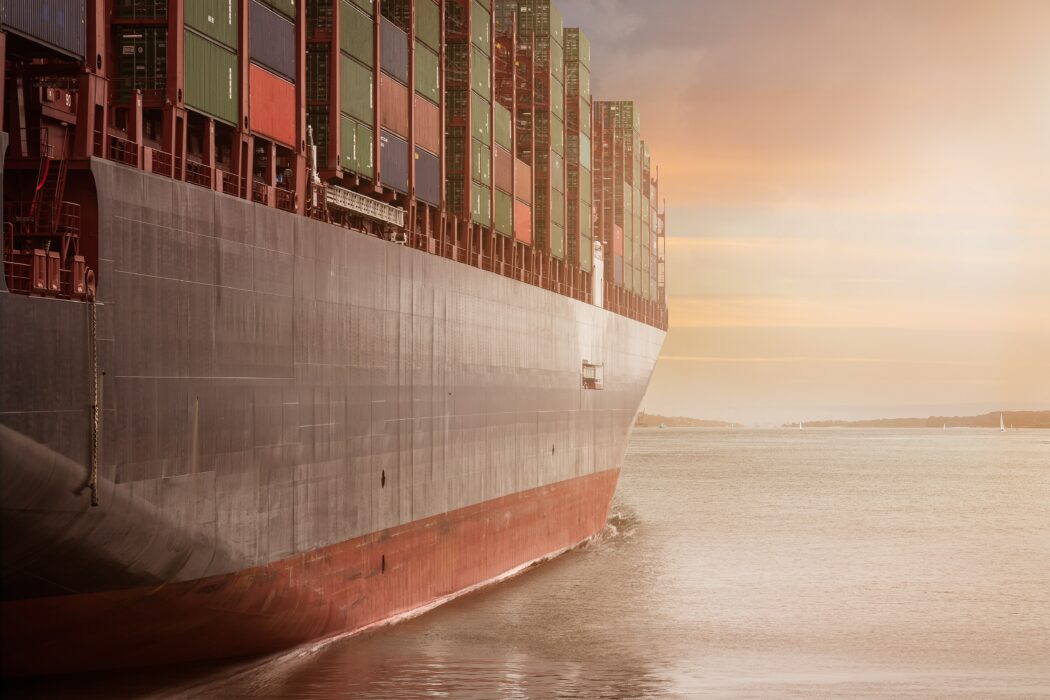
In today’s rapidly evolving global marketplace, businesses are constantly seeking ways to drive efficiency and reduce costs in their supply chain. One key solution that has emerged as a game-changer is sea freight. By leveraging the immense capabilities of sea transport, companies can significantly transform their supply chain operations while enjoying substantial cost savings.
Sea freight offers several advantages that make it an appealing choice for businesses of all sizes. With its massive cargo capacity, sea transport allows companies to transport large volumes of goods in a single shipment, thereby reducing overall transportation costs. Additionally, sea freight provides greater flexibility in terms of loading and unloading, enabling smoother operations and minimizing delays.
Furthermore, sea freight is highly reliable, with established routes and schedules that ensure timely delivery. By opting for sea transport, companies can enhance their supply chain efficiency, optimize inventory management, and reduce the risk of inventory shortages.
In this article, we will explore the various ways in which sea freight can revolutionize your supply chain, maximizing efficiency and driving cost savings. Join us as we delve into the key benefits and strategies for implementing sea freight in your business operations.
Advantages of using sea freight for transportation
Sea freight offers several advantages that make it an appealing choice for businesses of all sizes. With its massive cargo capacity, sea transport allows companies to transport large volumes of goods in a single shipment, thereby reducing overall transportation costs. Unlike air freight, which has limited space, sea freight provides companies with the opportunity to move goods in bulk, resulting in significant cost savings.
Another advantage of sea freight is its flexibility in terms of loading and unloading. Sea ports are equipped with specialized equipment to handle different types of cargo, including heavy machinery and oversized goods. This flexibility enables smoother operations and minimizes delays in the supply chain. Additionally, sea freight allows companies to consolidate shipments, reducing the number of individual shipments and streamlining the logistics process.
Furthermore, sea freight is highly reliable, with established routes and schedules that ensure timely delivery. Unlike other modes of transport, such as road or rail, sea transport is not as susceptible to disruptions caused by traffic congestion or weather conditions. By opting for sea transport, companies can enhance their supply chain efficiency, optimize inventory management, and reduce the risk of inventory shortages.

Cost savings achieved through sea freight
One of the primary reasons why businesses choose sea freight is the significant cost savings it offers. As mentioned earlier, sea transport allows companies to transport large volumes of goods in a single shipment. This bulk transportation reduces the overall transportation cost per unit, making sea freight a cost-effective option for businesses.
Additionally, sea freight is known for its lower fuel costs compared to air freight. Ships are more fuel-efficient, making sea transport a more economical choice for long-distance shipments. This cost advantage becomes particularly significant for companies that regularly transport goods between continents.
Moreover, sea freight also offers cost-saving opportunities through containerization. By optimizing container utilization, companies can maximize efficiency and reduce costs. Containerization allows for easy handling and transfer of goods between different modes of transport, eliminating the need for additional packaging and reducing the risk of damage during transportation. Furthermore, containerization facilitates faster loading and unloading processes, minimizing the time spent at ports and lowering overall logistics costs.
Optimizing container utilization to maximize efficiency
To fully leverage the advantages of sea freight, companies need to optimize container utilization. Proper planning and utilization of container space can significantly improve efficiency and reduce costs in the supply chain.
One effective strategy is to analyze the packaging and dimensions of goods to ensure optimal use of container space. By selecting the right container size and arranging goods in a way that maximizes space, companies can transport a higher volume of goods in each shipment, thus reducing transportation costs per unit.
Another key consideration is the use of intermodal transportation. By seamlessly integrating different modes of transport, such as road, rail, and sea, companies can achieve greater efficiency and cost savings. Intermodal transportation allows for smoother transitions between different transport modes, eliminating the need for multiple handling and reducing the risk of delays.
Furthermore, companies can explore the concept of “backhauling” to optimize container utilization. Backhauling involves utilizing the empty space in containers during the return journey. By identifying opportunities to transport goods on the return trip, companies can maximize container space and reduce transportation costs.
Strategies for reducing transit time and improving shipping schedules
While sea freight offers numerous advantages, it is essential to minimize transit time and improve shipping schedules to further enhance supply chain efficiency. The following strategies can help businesses achieve faster transit times and more reliable shipping schedules:
1. Optimized route planning: By carefully selecting shipping routes, companies can minimize transit times and avoid potential bottlenecks. Utilizing advanced logistics software and real-time data, businesses can identify the most efficient routes, taking into account factors such as distance, port congestion, and weather conditions.
2. Collaboration with shipping partners: Building strong relationships with shipping partners can lead to improved shipping schedules. By working closely with shipping lines and freight forwarders, companies can negotiate favorable transit times and ensure smooth coordination between different parties involved in the shipping process.
3. Effective inventory management: Efficient inventory management plays a crucial role in minimizing transit times. By maintaining accurate inventory records and adopting just-in-time (JIT) inventory practices, businesses can reduce the time goods spend in transit and improve overall supply chain efficiency.
4. Investment in technology: Embracing technology solutions such as GPS tracking, real-time shipment monitoring, and automated documentation can provide companies with better visibility and control over their shipments. These technological advancements enable proactive management of potential delays and allow for timely interventions to ensure on-time delivery.
By implementing these strategies, businesses can optimize their supply chain operations, reduce transit times, and improve shipping schedules, thereby maximizing the efficiency and cost savings achieved through sea freight.
Conclusion: Embracing sea freight for a more efficient and cost-effective supply chain.
In conclusion, sea freight presents a compelling opportunity for businesses to transform their supply chain operations and achieve significant cost savings. With its advantages of large cargo capacity, flexibility in loading and unloading, reliability, and cost-effectiveness, sea freight offers a multitude of benefits.
By optimizing container utilization, reducing transit time, and improving shipping schedules, companies can further enhance the efficiency and cost-effectiveness of their supply chains. Embracing sea freight as a strategic transportation option can lead to improved inventory management, streamlined logistics processes, and reduced transportation costs per unit.
As the global marketplace continues to evolve, businesses must stay ahead of the competition by embracing innovative solutions such as sea freight. By leveraging the immense capabilities of sea transport, companies can maximize efficiency, drive cost savings, and establish a competitive edge in the dynamic world of supply chain management.
We provide excellent and expert sea freight service for 34 years in Thailand, 100 years in Japan.




